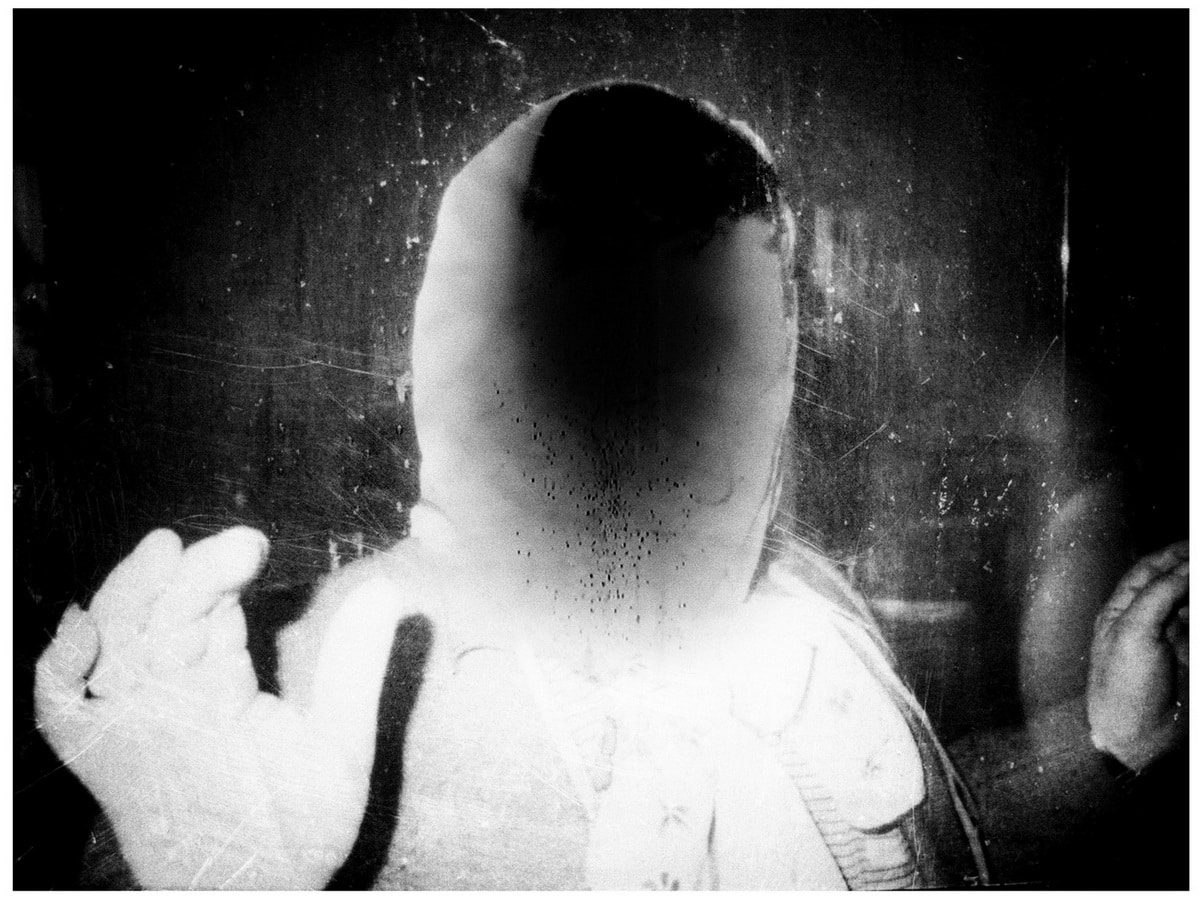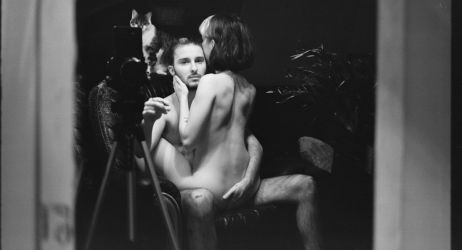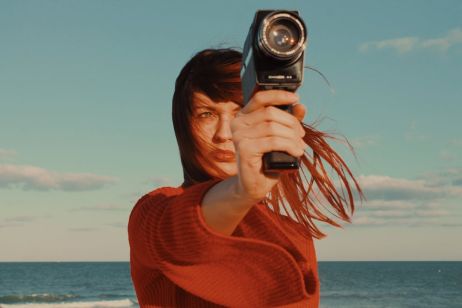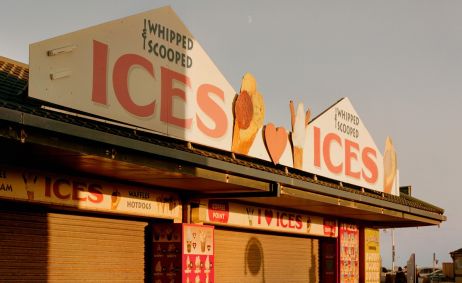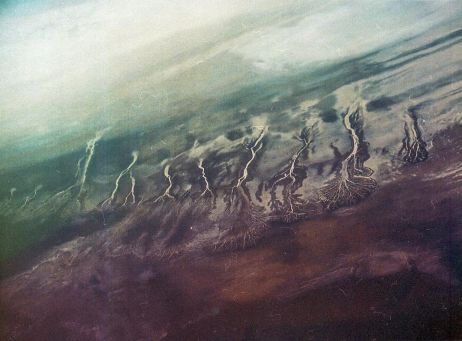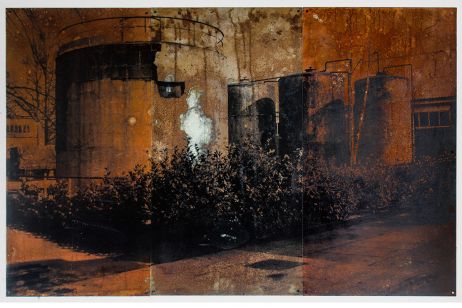With Odysseus’ Clepsydra, the Greek photographer Makis Makris enchants us with the deep black of his handcrafted images. Locked up at home, the artist invites us, like Ulysses, to set off on a journey, but this time into the dark corridors of our minds. Interview.
Fisheye : Who are you, Makis Makris ?
Makis Makris: I was born and I live in Kavala, Greece. I studied Greek civilisation and culture in parallel to graphic arts. Then I became a member of the Photoclub of Kavala in 2009 and joined the B.U.L.B. collective based in Bucharest in 2017.
What role does photography play for you?
For me, photography is as much a creative process as it is a need for expression. It means starting from the artist’s inner world, and striving to translate, through images, his most intimate thoughts into the public space.
Where do you find your inspiration?
The raw material for my images? The elements, the fragments, that make up our daily lives. I find this material in the complexity of the places that are most familiar to me. My aim is to transform this raw material into a new metamorphosed reality. All these elements stripped of their original essence become a kind of innuendo, since it is through them that I express myself.
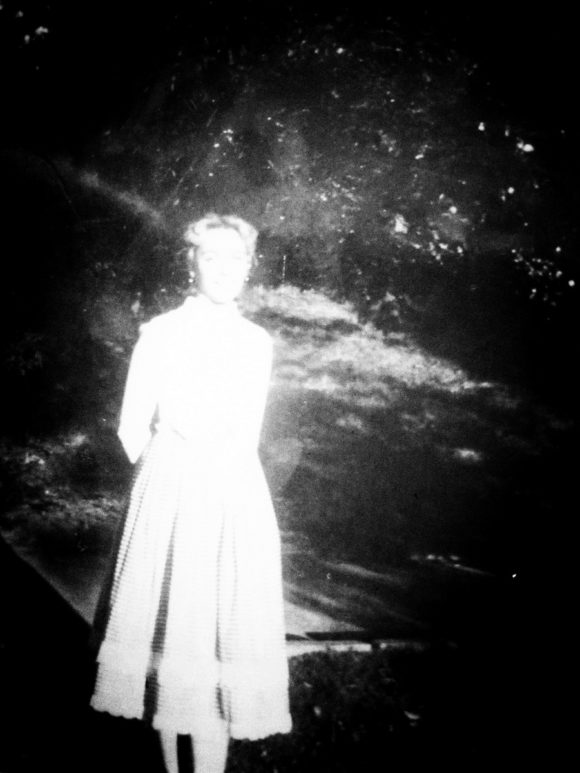
Can you talk about your series Odysseus’ Clepsydra ?
I had wanted to make this series for some time now, but it was the lockdown linked to Covid 19 that allowed me to materialise it. It was the fact of staying at home for this long period, combined with intense reflection and concern for the future, that pushed me to create Odysseus’ Clepsydra. Through my daily routine, I wanted to create a personal visual story in an allegorical way, inspired by Homer’s Odyssey. Our journey through life is a kind of little Odyssey. In spite of the goals we set ourselves at the beginning, we find ourselves faced with twists and turns. But we move forward all the same, to our final destination, which will set us free.
Any particular episodes of the Odyssey that influenced your work?
The concepts of quest and journey are at the centre of the Odyssey. In our journey through life certain moments are indelibly imprinted in our minds. There are turning points in the adventures of Ulysses that influence, sometimes favourably, his quest, while others lead to a dead end. On the islands of Calypso and Circe, for example, the two deities seem at first to hinder his return journey, but then make it easier for him. One can also consider Scylla and Charybdis, two threatening and bloodthirsty beings who sow death and disaster, or the haunting song of the Sirens which offers deceptive promises. Finally, the hero’s wife, Penelope, patiently awaits the return of her husband. All this provided me with a rich framework of symbolism and a source of inspiration to bring my project to fruition.
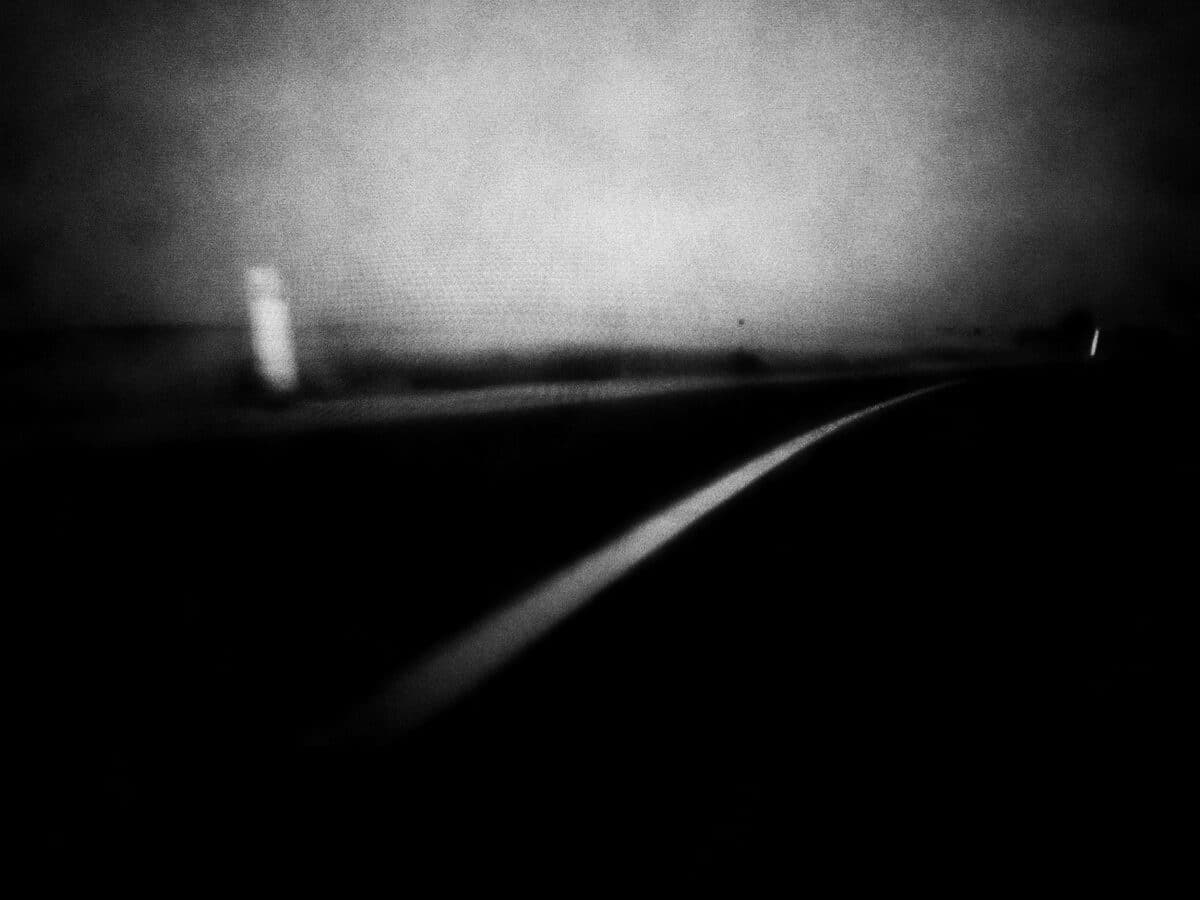
What are you trying to capture in this journey?
I am trying to put into images the emotional transitions that take place during our difficult and doubtful journey through the world. Lockdown has become the culmination of an inner process, of an endless struggle in search of balance, and the search for our true place in the universe.
You describe this series as an assemblage of visual fragments. Can you tell us about your working process?
I decided to turn to other methods to find subjects. I wanted to experiment with new means of expression using technology. To do this, I used archives, and I tried to watch television for a long time. I photographed scenes adapted to the story I wanted to tell, directly on the screen which takes on the aesthetics of film noir. The idea was to cultivate a certain spontaneity in judging and selecting the scenes I wanted to capture. That’s why I used a simple compact camera and even my telephone.
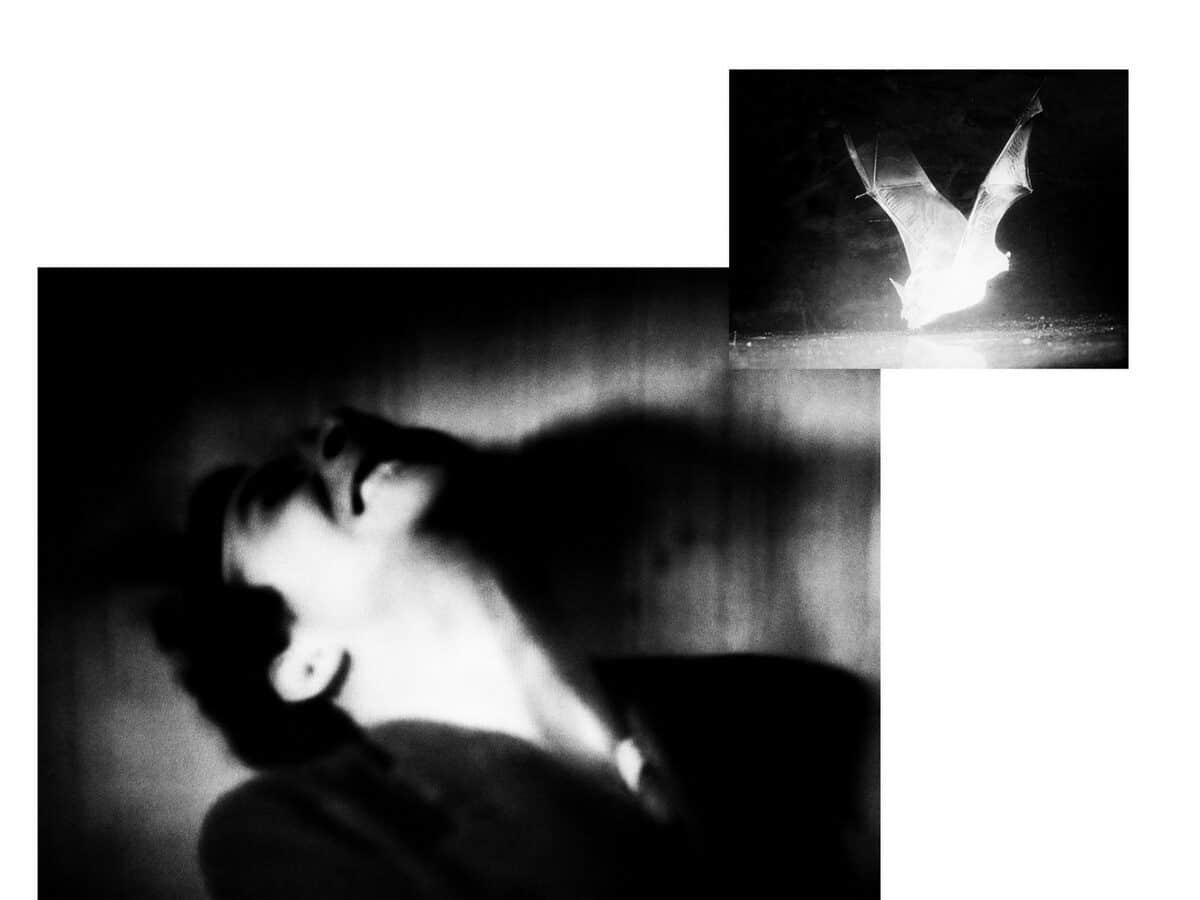
Who are all these characters in your story?
No particular character can be identified behind the faces I disfigure. They are abstract characters who, on the one hand, assume the role of inner demons that we want to drive out and, on the other hand, stand as allies who give us hope and faith for what is to come.
You seem far from your usual street photography. How did you come to this more artisanal approach?
Street photography has always attracted me. But I think that the medium is only a tool, which helps the creator to express himself. This series was created at a time when I wanted to experiment with other forms of expression and try new things in my work. It was a way to broaden my artistic horizons.
The Odyssey is a metaphor for our journey through life. What drives you to give it this darkness?
Despite the general sense of darkness that seems to prevail in the series, I consider the real message to be optimistic. Odysseus’ Clepsydra has a double interpretation. On the one hand, it describes the adversities each of us experience in our lives, but on the other hand, it reminds us of the time we have and all the things we have left to experience.
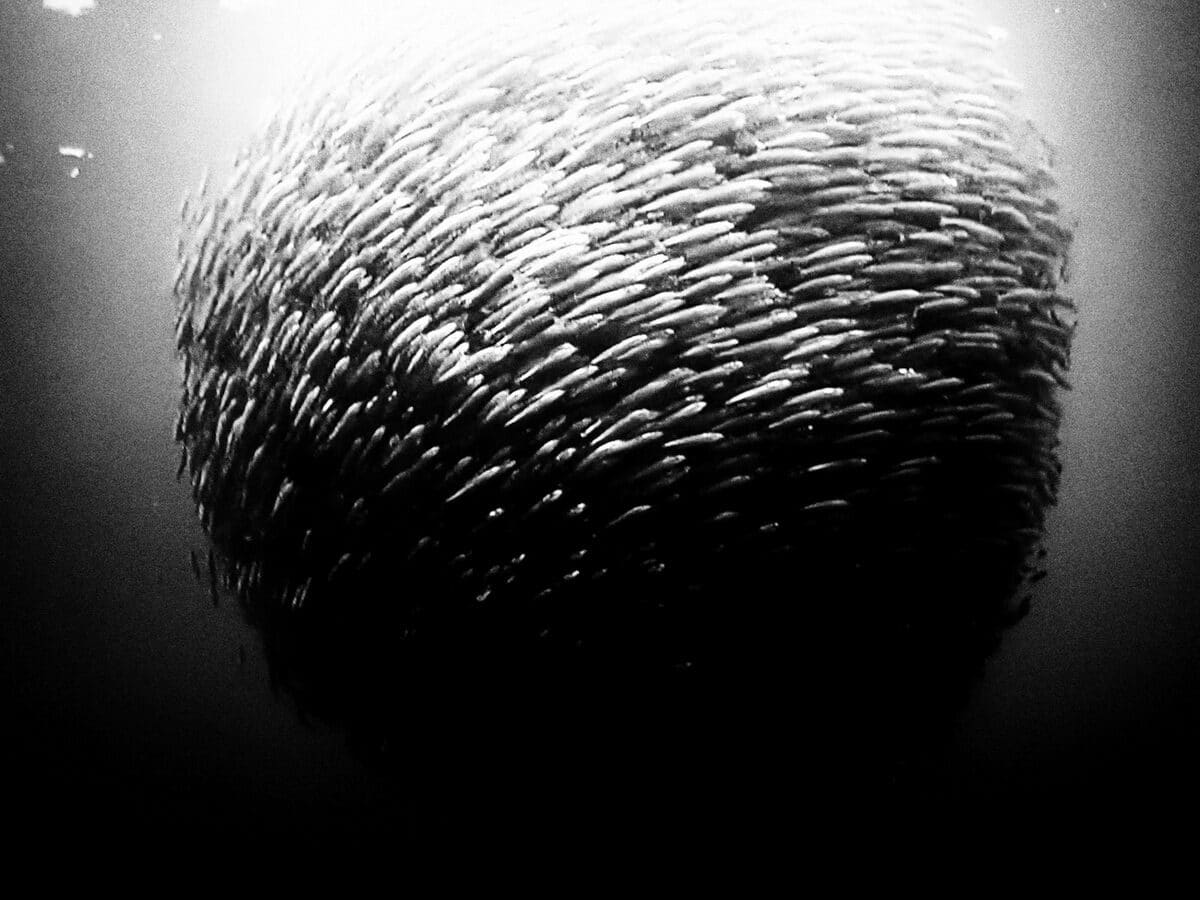
How does the notion of time manifest itself in your work?
I am talking about the time we have before us. It is the time on which the hope of restoring our inner psychological balance rests. It is the time that can lead us on the path to redemption.
So there is a glimmer of hope?
In the darkness and chaos of our lives, I believe there is hope. A light, sometimes weak, can show us the way, if we let it. In any case, if there were no darkness, how could we worship the light?
Any last words ?
As an epilogue, I will borrow a part of the words of Ithaca of by the Greek poet Constantine P. Cavafis :
“As you set out for Ithaka,
hope your road is a long one,
full of adventure, full of discovery.”
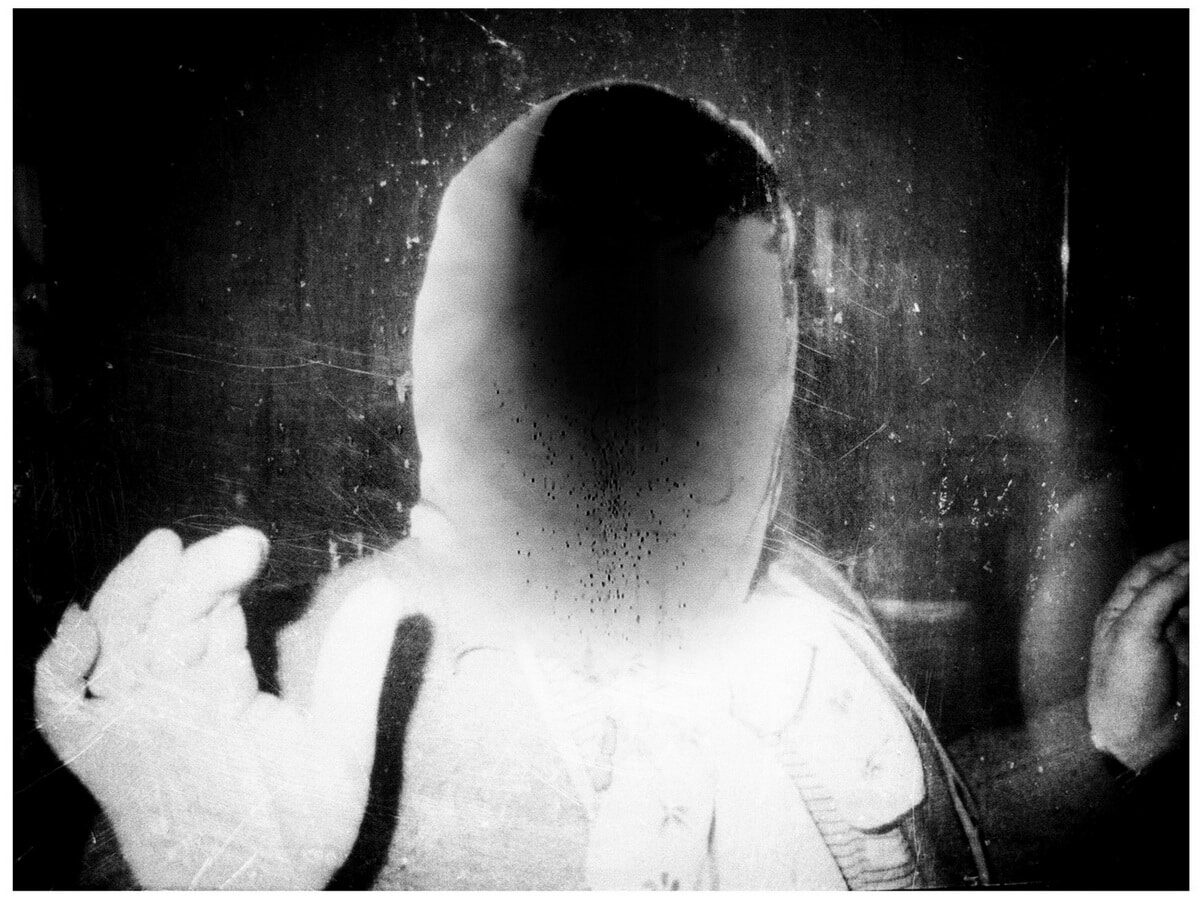


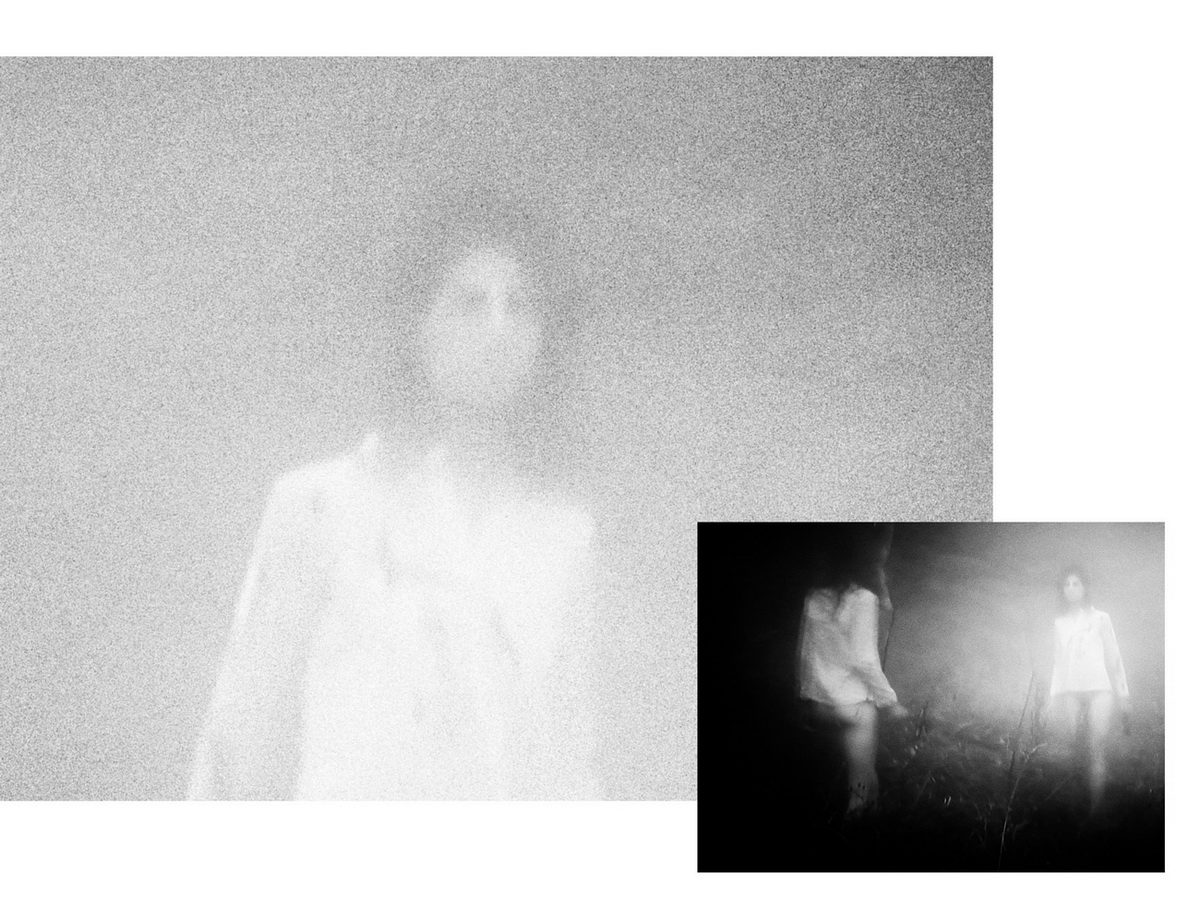
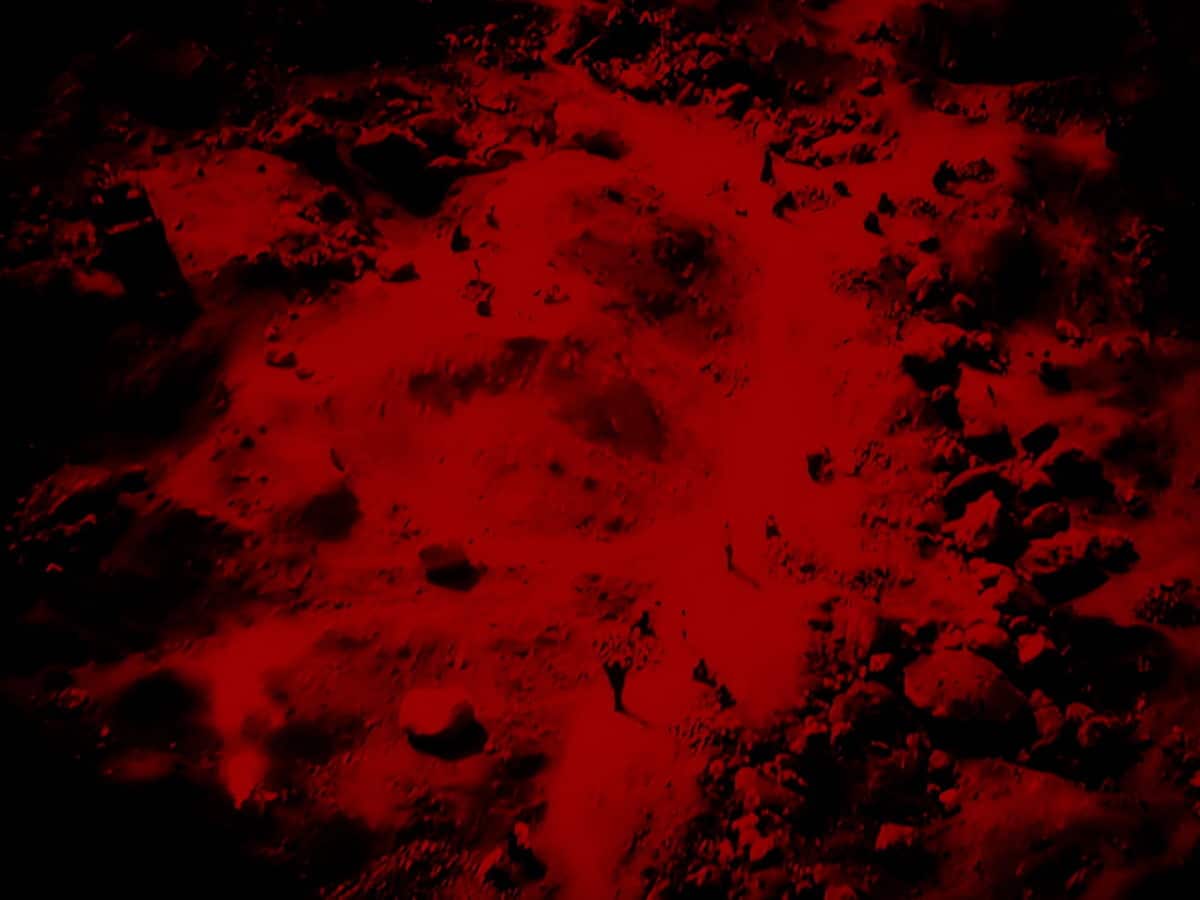

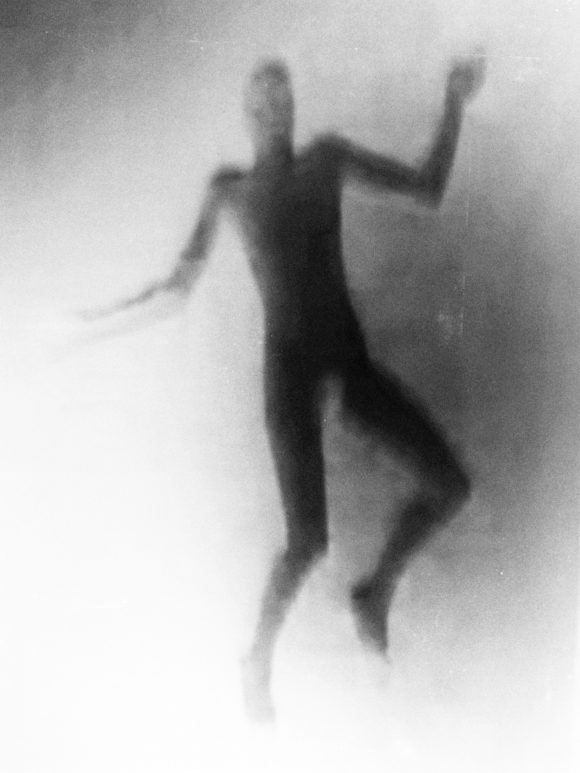

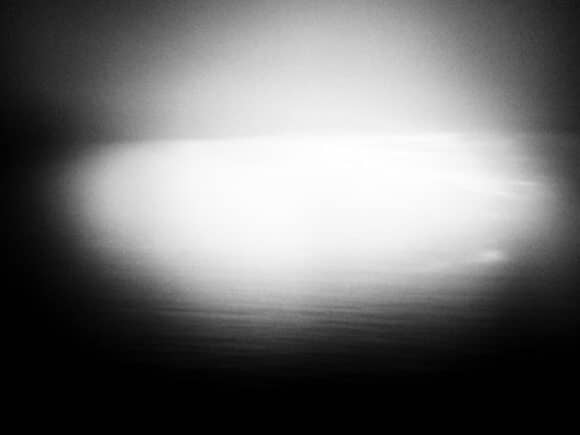
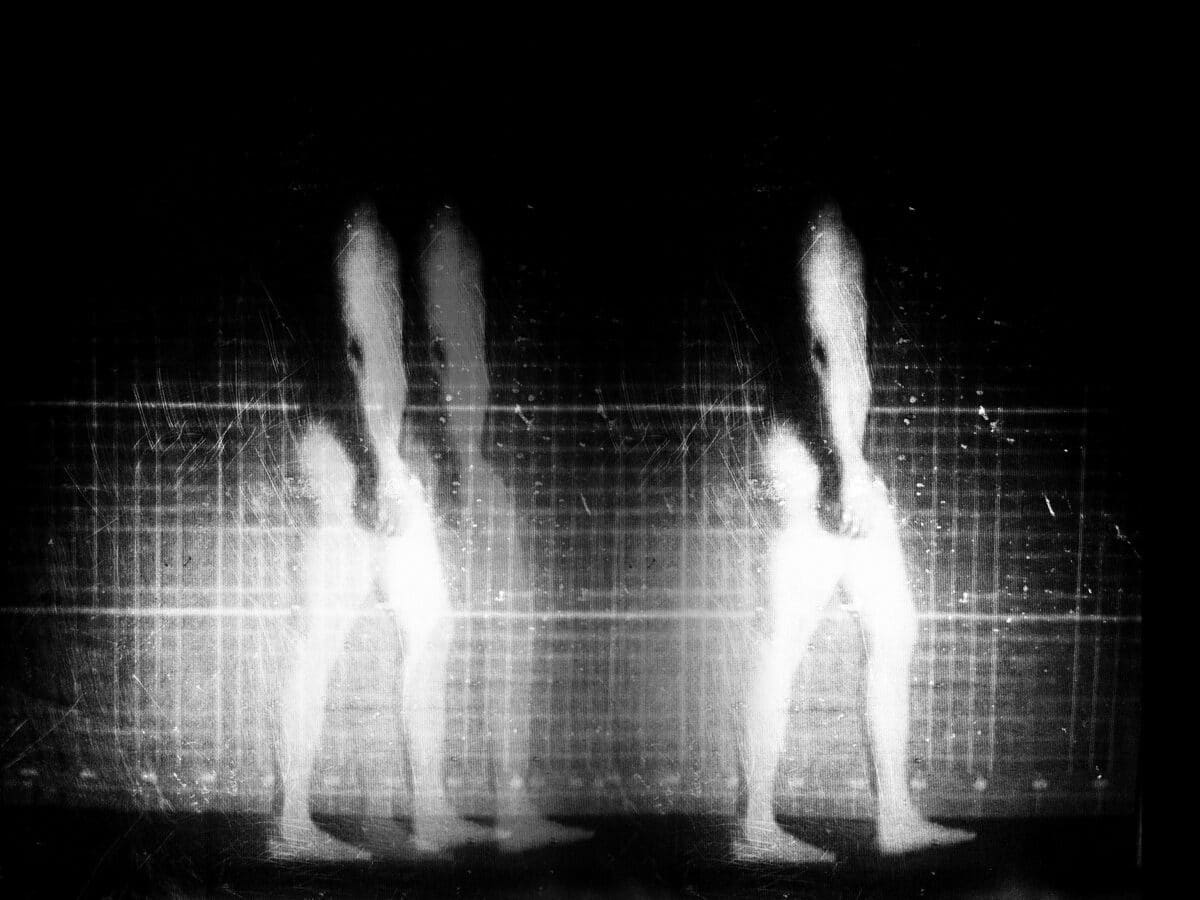

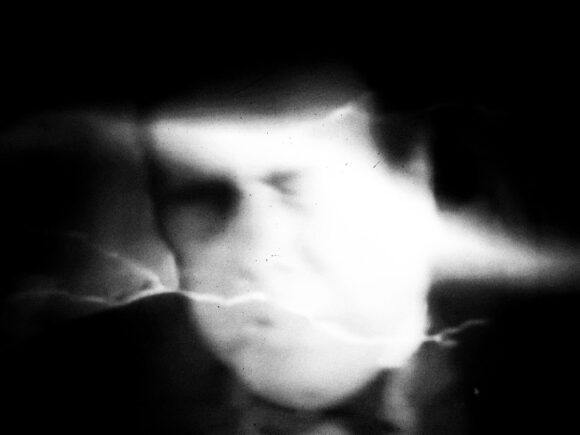
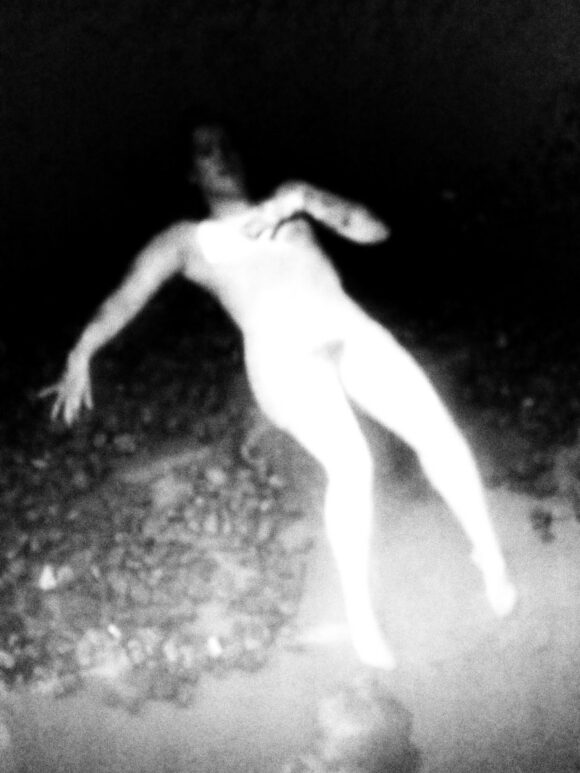
© Makis Makris / “Odysseus’ Clepsydra”
